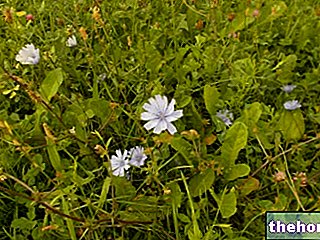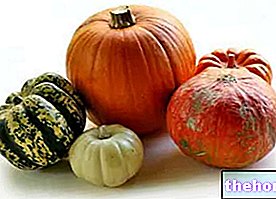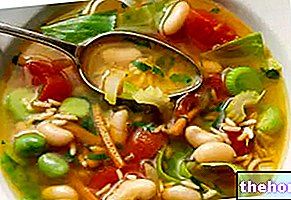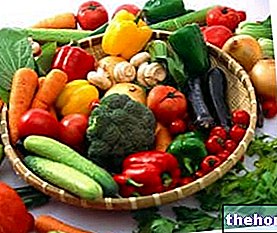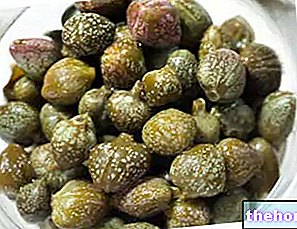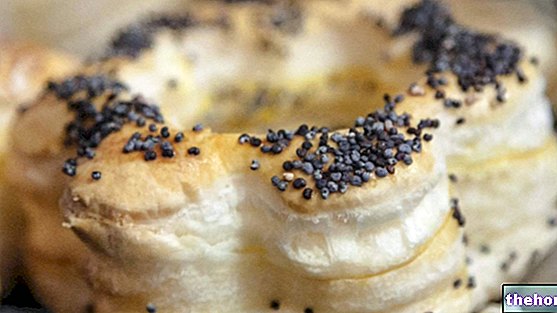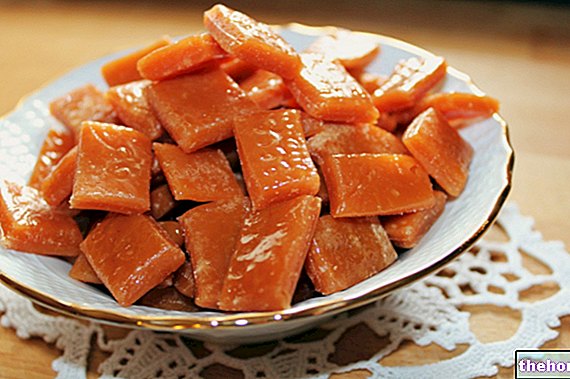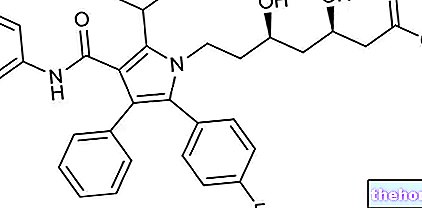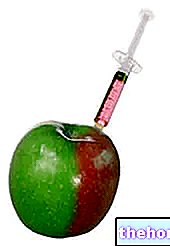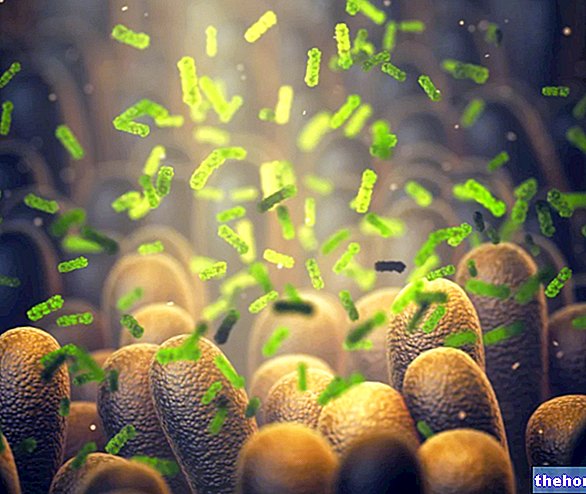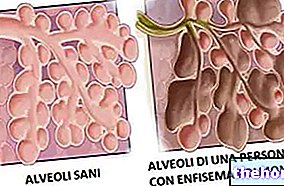Generality
Minestrone is an extremely popular recipe throughout the Italian peninsula; it is a low-energy first course, therefore suitable for the diet against overweight; moreover, due to its nutritional characteristics, it facilitates the treatment of many pathological conditions or simple ailments.

Minestrone is considered a soup, or rather a brothy first course, as it brings a concentration of water that fluctuates (approximately) between 75 and 90% of the total volume. It can be very "light" (if composed only of vegetables stem, leaf and fruit), medium caloric (if enriched with legumes and tubers) or more energetic (if it contains cereals and / or oil and / or cheese).
Ingrediants
As anticipated, minestrone can take on very different shapes, colors, textures and flavors. It is an EXTREMELY sensitive preparation to the variations of the season and of the territory, as the availability of vegetables changes significantly between summer and winter, or between north and south.
There is no soup that is better than the other, but different recipes; it goes without saying that, as for other culinary preparations, this too is of higher quality if only FRESH ingredients are used. However, let's not forget that it is ALWAYS better. "a good frozen minestrone", compared to a "mediocre canned".
Let's analyze all the ingredients of the minestrone with greater care:
- Vegetables or leafy vegetables for the minestrone: chard, dandelion, turnip leaf, chicory, cabbage, spinach, valerianella, cabbage (optional or questionable: celery leaves, green or red radicchio, escarole, lettuce, rocket etc.)
- Vegetables or fruit and flower vegetables for the minestrone: broccoli, cauliflower, artichoke, turnip broccoli, tomato, courgette, pumpkin (optional or questionable: pepper, aubergine, etc.)
- Vegetables or stem and bulb vegetables for the minestrone: asparagus, onion, leek, garlic, shallot, fennel, celery etc.
- Vegetables or root and tuber vegetables for the minestrone: carrot, turnip, potato, Jerusalem artichoke, etc.
- Mushrooms for minestrone: most of the commercial ones; mushrooms, chanterelles, porcini, pleurotus, chiodini, pioppini etc. They also do not disappoint morchelle (morels, strictly to be blanched and rinsed), dry legs, coprini (from which the stalk must be separated as soon as they are picked) etc.
- Legumes and pods for the minestrone: ALL, preferably beans, peas, broad beans, lentils, chickpeas, snow peas and green beans
- Cereals and derivatives for minestrone: ALL whole cereals, preferably NOT hulled or polished; spelled, spelled, barley, brown rice, whole wheat etc. It is common to add croutons based on golden bread in hot, salty and peppery oil to the plate
- Aromatic herbs and spices for the soup: to taste; I suggest: basil, parsley, chives, rosemary, sage, oregano, thyme, marjoram, black pepper etc.
- Seasoning fats for minestrone: preferably delicate extra virgin olive oil; pork fat can be used in the winter recipe (lard, bacon fat, guanciale fat, raw ham rind fat, etc.)
- Other ingredients for the minestrone: grated parmesan, diced parmesan crusts, bacon or speck or guanciale or other diced salami (basically leftover).
Very Light Vegetable Minestrone
Problems with playing the video? Reload the video from youtube.
- Go to the Video Page
- Go to the Video Recipes Section
- Watch the video on youtube
Minestrone recipes
Completely omitting the addition of cereals, derivatives and cured meats, below I offer 3 recipes (or better, 3 combinations) of fresh vegetables for the formulation of the minestrone:
- Spring soup recipe: extra virgin olive oil + garlic + leek (to be used in the sauté), asparagus, dandelion, artichoke stalks, broad beans, morchella, snow peas, rocket, celery and parsley + chives (to be added at the end, freshly chopped ).
- Summer minestrone recipe (to be consumed even at room temperature): extra virgin olive oil + white onion (to be used in the sauté), borlotto bean, green bean, fennel, "pepper", courgette, tomato, aubergine, turnip and basil + oregano ( to be added at the end, freshly chopped).
-
Composition per 100g of Minestrone Soup in a Low-sodium Box Ready to Serve 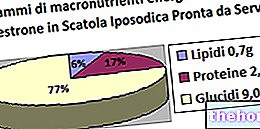
Nutritional values (per 100 g of edible portion)
Edible part 100% Waterfall 87.3g Proteins 2.0g Prevailing amino acids - Limiting amino acid - Lipids TOT 0.7g Saturated fatty acids 0.14g Monounsaturated fatty acids 0.28g Polyunsaturated fatty acids 0.25g Cholesterol 0.0mg TOT Carbohydrates 9.0g Starch 6.9g Soluble sugars 2.1g Dietary fiber 2.4g Soluble fiber - g Insoluble fiber - g Power 48.1kcal Sodium 215.0mg Potassium 186.0mg Iron 0.70mg Football 20.0mg Phosphorus 34.0mg Thiamine 0.06mg Riboflavin 0.04mg Niacin 0.64mg Vitamin A 33.0RAE C vitamin 5.70mg Vitamin E 0.70mg - Winter soup recipe: chopped lard with rosemary (to be used in the sauté), potato, broccoli, Jerusalem artichoke, cauliflower, chard, broccoli and turnip leaves, pleurotus, rosemary (to be added at the end but whole). Excellent integration of rehydrated dried legumes.
NB. For those who like to use the sauté, it is strictly necessary that this is browned over low heat and that no legumes are thrown into it (which would tend to harden). Furthermore, both the croutons and the grated cheese should only be added to the finished dish; on the other hand, the crusts (previously scratched by the superficial wax) should follow the vegetables being cooked. Personally, when I use bacon or other cured meats to brown, once golden I remove them from the initial sauté to incorporate them at the end.
Uses and Nutritional Characteristics
As anticipated in the introduction, the minestrone is a dish that, in addition to lending itself considerably to the structuring of low-calorie diets, is more than useful in the treatment of certain ailments.
Firstly, minestrone soup is a great recipe for controlling high blood pressure. If formulated without salt, being rich in water and potassium, it helps to structure the well-known diet against hypertension. Not only that, given its richness in dietary fiber, minestrone is also very useful in the treatment of constipation and in improving the stimulus of satiety. Last but not least, in addition to the modest glycemic load (variable based on the ingredients), minestrone boasts a very low glycemic index which has a positive effect on the metabolism of the diabetic (type 2 mellitus).
Finally, remember that the vitamin profile of the minestrone is quite good (especially A, C and E), even if after cooking there is inevitably a reduction of the thermolabile vitamins.
Other Foods - Vegetables Garlic Agretti Asparagus Basil Beets Borage Broccoli Capers Artichokes Carrots Catalonia Brussels sprouts Cauliflower Cabbage and Savoy cabbage Red cabbage Cucumber Chicory Turnip greens Onion Sauerkraut Watercress Edamame Chives Chanterelles Flour Cassava Flowers Pumpkin Flour Edible Flowers Pumpkin Seasonal Fruits and Vegetables Endive Salads and Salads Strengthening Salad Lettuce Aubergines Vegetables Nettle Pak-Choi Parsnip Potatoes American Potato Peppers Pinzimonio Tomatoes Leeks Parsley Radicchio Turnips Red Turnips Radishes Rocket Shallots Endive Celery Celeriac Seeds Sprouted Spinach Truffle Valianamberi or Jerusalem artichoke laxatives Saffron Pumpkin Zucchini Vegetables - Nutritional properties OTHER VEGETABLE ITEMS Categories Food Alcoholics Meat Cereals and derivatives Sweeteners Sweets Offal Fruit Dried fruit Milk and derivatives Legumes Oils and fats Fish and fishery products Cold cuts S pezie Vegetables Health recipes Appetizers Bread, Pizza and Brioche First courses Second courses Vegetables and Salads Sweets and Desserts Ice creams and sorbets Syrups, liqueurs and grappa Basic preparations ---- In the kitchen with leftovers Carnival recipes Christmas recipes Light diet recipes Women's Day, Mum, Dad Recipes Functional Recipes International Recipes Easter Recipes Recipes for Celiacs Recipes for Diabetics Recipes for Holidays Recipes for Valentine's Day Recipes for Vegetarians Protein Recipes Regional Recipes Vegan Recipes


